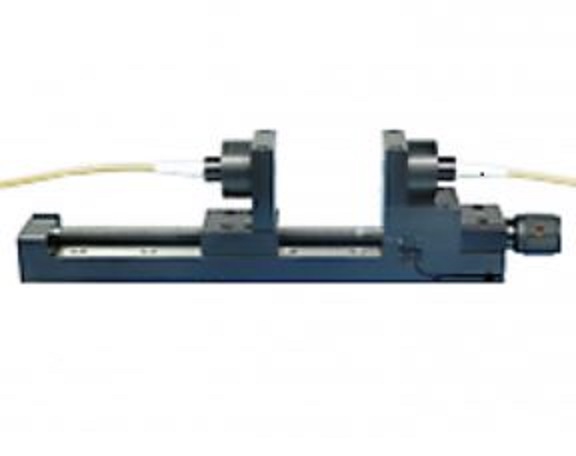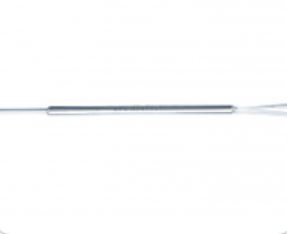Product information "Co-Axial 1xN/2xN/NxM Fiber Optic MEMS Switches"
Non-latching; 1xN, 2xN, NxM; Fiber Type SM, PM; 1250 to 1670 nm; Insertion Loss 0.4 to 2.5 dB; Crosstalk 60 dB; Switching Time 5 to 10 ms
Sercalo Microtechnology’s co-axial fiber optic MEMS switches are available in 1xN, 2xN and NxM configurations. Their compact design offers a very low size and lower cost than standard switches. Nevertheless, it has slower speed and larger wavelength dependent loss than the SW or SL types.
These co-axial switches are non-latching: at power-off they break the optical connection, and routing of ports is not defined. They are based on a strictly non-blocking bidirectional architecture, i.e. the common port can be used as input or output of the light signal. The underlying MEMS technology results in low insertion loss and low crosstalk between channels while keeping a constant switching performance over life.
The hermetically sealed MEMS and the laser welded fiber collimators guarantee broad temperature range and superior long-term stability. No epoxy is present in the optical path. The series of co-axial fiber optic MEMS switches is compliant to Telcordia 1221 reliability standards and RoHS requirements 2015/863/EU.
Sercalo Microtechnology’s SC type co-axial 1xN and 2xN fiber optic switches are based on a design where a single MEMS mirror redirects light from a common fiber to one of N ports. The miniature packages withstands rugged environments and is well suited for direct mounting on printed circuit boards.
These switches are available in four different variants to simplify integration in existing systems and reduce development cost: standard size – ribbon fibers (SC); miniature size – small driver board: 7 x 40 mm (mSC); compatible with industry pinout, 900 um sleeved fibers and connectors (rSC); bare optical component (bSC).
Sercalo Microtechnology’s SCBU type co-axial NxM fiber optic switches are based on a design where a matrix of MEMS mirrors redirects light from N inputs to M outputs. The optical networks can be based on a strictly nonblocking matrix (from 4x4 up to 16x16 ports) or on a tree structure (up to 2x540 ports).
Key Features:
- Low Insertion Loss
- Reliable
- Non-latching
- Bidirectional
- 1xN, 2xN, NxM Variants
- Up to 2x540 Optical Ports
- Wavelength Range: 1250 to 1670 nm
- Insertion Loss (IL): 0.4 to 2.5 dB
- Response Time: 5 to 10 ms
- Crosstalk: 60 dB
- UART, I2C/SMBus and Parallel Interface
- Ethernet Interface Available on Request
- RoHS Compliant
Applications: Telecom; Optical Network Switching, Reconfiguration, Protection and Restoration; Instrumentation; Test and Measurement







